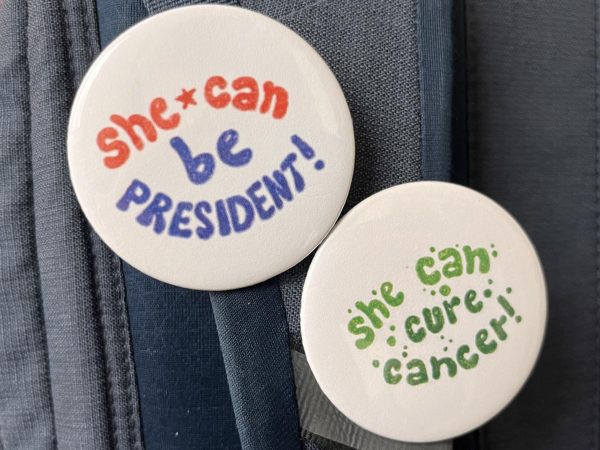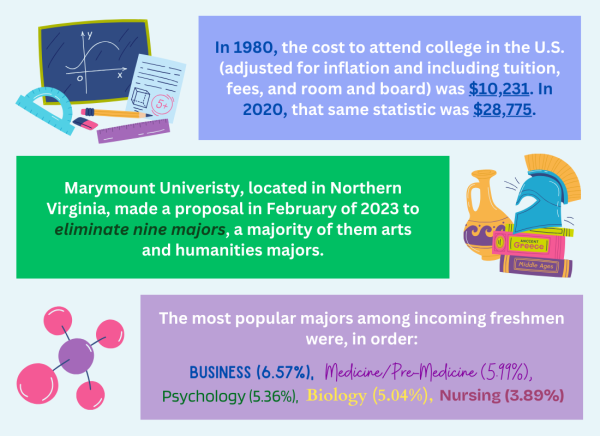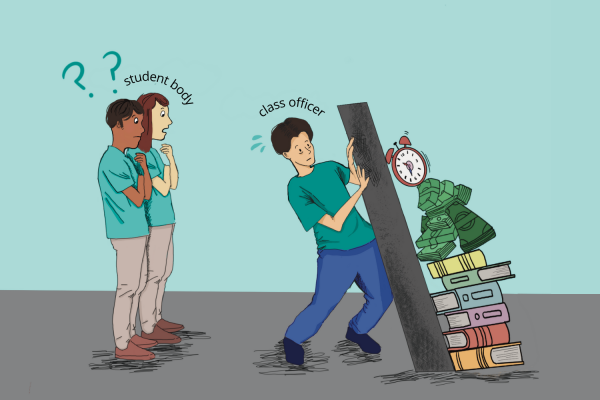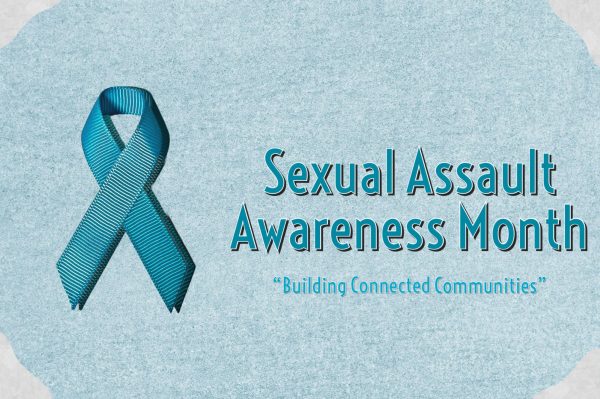On living with Strabismus
It hasn’t been easy to grow up with an eye condition, but it has taught me a lot about myself.
February 8, 2021
Making eye contact with someone is a fairly simple task for most people. To me, however, it is an immense challenge. It is not that it makes me uncomfortable, but rather that it is very hard for my eyes to look at one spot at the same time.
I have strabismus (struh-BIZ-mus), which basically means crossed eyes. Do not get me wrong, my eyes are not crossed all of the time, but it took me some time to be able to control and strengthen them. Strabismus causes my eyes to not line up correctly, which then leads them to look in different directions.
I’d be lying if I were to say that my strabismus hasn’t made me self-conscious throughout my life, hesitant to make eye contact with others. I sometimes say that each eye has a brain of its own.
Most people with strabismus are born with the condition or develop it at a young age. And it’s not especially easy to live with, as the misalignment of the eyes can affect sight. For vision to be properly focused, the two eyes need to look at the same spot in sync, but with strabismus the eyes shift and vision can become blurred.
When I was young, I did not know how to control the muscles in my eyes, which made it very hard to see straight. My vision is also blurry because on top of having strabismus, I am near-sighted or myopia. It is a common vision condition where you can see objects close to you clearly, but objects farther away are blurry.
Eyesight is highly complex. There are six muscles that control the movement of our eyes. There is one responsible for moving the eye to the right, one for moving to the left, and the other four move the eye up, down, and at any angle. All six muscles have to work together to be able to look at an image clearly. The images seen by both eyes are used to create and send a 3-D image to the brain, creating depth perception.
For me, though, because my eyes cannot focus on the same spot at the same time, there are two different images sent to the brain, making depth perception significantly harder and creating double vision.
Strabismus is often confused mislabeled as “lazy eye,” the medical term for which is amblyopia. But with amblyopia, the eyes may still be able to focus on an image at the same time. Interestingly, although strabismus and amblyopia are separate conditions, they can occur at the same time or even be the cause of the other.
People with strabismus usually have to see an ophthalmologist, who can loosen, tighten, or move certain eye muscles so that the eyes line up properly to work in tandem. I have had two surgeries to treat strabismus and to work on the muscles around my eye.
When I was four years old, I also started to do exercises for my eyes by placing a patch on one eye to work and focus on strengthening the weaker eye. My right eye was stronger than my left eye, so I had to patch my right one in an attempt to strengthen the muscles in the left eye.
But throughout my life, my strabismus has been frustrating. When I was younger, I did not understand why it was so hard to read or even see. I did not know why I had to wear glasses and a patch while other kids did not.
But most challenging for me is so hard it is to explain to others how I see the world. My eyes see very differently from the eyes of others. Whenever I am reading a book, going to the next line is extremely challenging sometimes. It sounds crazy, but my eyes cannot keep track and I often accidentally skip a line or reread the same line. I have to put my finger by the line I am reading just to keep track.
My eyes are also the first part of my body to get tired, and when they get tired, they drift outward. My eye muscles have to work hard to look straight and to pretend to look normal, which causes them to be the first to grow exhausted. I wake up some mornings and my brain and body are completely awake, but my eyes just will not cooperate. When they are tired, they refuse to focus. Think about the camera on your phone or a digital camera. It is frustrating when you are trying to take a picture and the lens will not focus, right? Well, that is how the eyes of people with strabismus act sometimes.
It took me a long time to actually understand why my eyes are the way they are and to accept my condition as a unique part of who I am. And slowly but surely, I’ve begun to overcome my reluctance to make eye contact. Although I have come a long way, I still feel a relief when none of my homework involves reading.
This story was originally published on The Uproar on February 4, 2021.































![IN THE SPOTLIGHT: Junior Zalie Mann performs “I Love to Cry at Weddings,” an ensemble piece from the fall musical Sweet Charity, to prospective students during the Fine Arts Showcase on Wednesday, Nov. 8. The showcase is a compilation of performances and demonstrations from each fine arts strand offered at McCallum. This show is put on so that prospective students can see if they are interested in joining an academy or major.
Sweet Charity originally ran the weekends of Sept. 28 and Oct. 8, but made a comeback for the Fine Arts Showcase.
“[Being at the front in the spotlight] is my favorite part of the whole dance, so I was super happy to be on stage performing and smiling at the audience,” Mann said.
Mann performed in both the musical theatre performance and dance excerpt “Ethereal,” a contemporary piece choreographed by the new dance director Terrance Carson, in the showcase. With also being a dance ambassador, Mann got to talk about what MAC dance is, her experience and answer any questions the aspiring arts majors and their parents may have.
Caption by Maya Tackett.](https://bestofsno.com/wp-content/uploads/2024/02/53321803427_47cd17fe70_o-1-1200x800.jpg)
![SPREADING THE JOY: Sophomore Chim Becker poses with sophomores Cozbi Sims and Lou Davidson while manning a table at the Hispanic Heritage treat day during lunch of Sept 28. Becker is a part of the students of color alliance, who put together the activity to raise money for their club.
“It [the stand] was really fun because McCallum has a lot of latino kids,” Becker said. “And I think it was nice that I could share the stuff that I usually just have at home with people who have never tried it before.”
Becker recognizes the importance of celebrating Hispanic heritage at Mac.
“I think its important to celebrate,” Becker said. “Because our culture is awesome and super cool, and everybody should be able to learn about other cultures of the world.”
Caption by JoJo Barnard.](https://bestofsno.com/wp-content/uploads/2024/01/53221601352_4127a81c41_o-1200x675.jpg)













